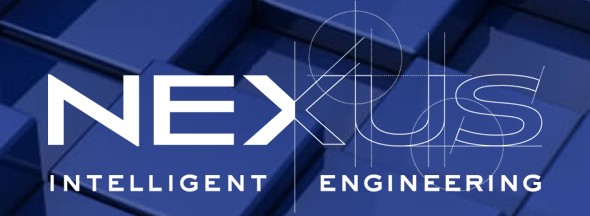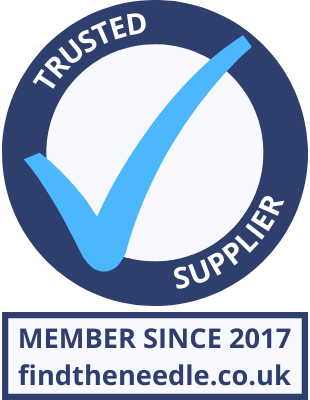 Add My Company
Add My Company
Sign In

Given that the goal for most technologies and products is to get to market, considerations around how to best commercialise a product are surprisingly often neglected. Generally coming after the product development process, go-to-market strategy is often left with little time to be properly defined, and has no chance of informing the actual product development process which would otherwise have allowed for a much better product-market fit.
In fact, product development and go-to-market strategy are far better considered as part of the same iterative process, enabling developments and learnings from each discipline to feed into each other. Increasingly, organisations are looking to identify a customer problem first, and are then developing technology to provide a solution, however, this is still far from the norm.
If you are developing a product and defining your go-to-market strategy, there are key areas that should be assessed to be able to confirm that you are building something that customers want, and ensure you have clarity on the most appropriate market-entry strategy.
1.Technology capability
Sooner or later, the technology must perform, and there needs to be at least a belief that the technology is ultimately obtainable, even if it isn’t ready today. Do you have reason to believe the technology can be developed, and that it can be done in a timescale and to a budget that makes it acceptable?
There will be many unknowns and that’s ok because some of the other areas to explore will help to define what is needed in any case. For example, if your technology offers multiple sizes, speeds, sensitivities, flavours, then understanding your market and customer better will help to define which options to go after first.
2.Value Proposition
How is your technology, product or service going to be positioned? What is the value it is going to provide and what is the problem that it solves? It is important to be able to articulate what is special about your offering that sets you apart from the competition. Is it quicker, cheaper, smaller, easier to use? Does it provide an improved service to the customer, or make engagement easier? Remember, people don’t want 6mm drill bits, they want 6mm holes.
3.Market definition
If you have developed a technology or product that has potentially broad applicability across multiple sectors, you need to decide on a primary market. Following the cash, in place of a defined market entry strategy is often the approach of early stage organisations as they test market adoption, but ultimately for all companies, there comes a time when it will be necessary to focus; companies just don’t have bandwidth to service every market that may be relevant. Understanding market options therefore, and what to expect when you get there becomes vitally important. In which markets are the benefits of your technology particularly likely to resonate, and to what extent (if at all) are competitive products already satisfying need? How is the supply chain set up in a particular market and will it represent resistance to adoption of something new or a barrier to entry? Do you understand any regulatory, certification or other qualification steps required prior to market entry?
4.Customer validation
Once you have defined your market, who are the customers within that market? Is it the food manufacturer or the ingredient supplier? The patient, their family or their physiotherapist? Understanding the customer, their current ways of working and products they currently use helps with your positioning, and identifying frustrations and needs is a great way to really feed into product development in addition to helping to validate receptivity to your product or technology. How important is the problem you are solving for them? Are you going to remove the bane of their life or reduce a minor irritation? How likely therefore are they to make a change and adopt your offering?
5.Revenue model
Finally, how are you going to generate revenue from your product or technology? Different models work in different industries, but a new technology may offer opportunities for new revenue models – switching from outright purchase to pay-per-use for example or providing lucrative maintenance and servicing rather than shipping the product. Again, this will be influenced by your exploration of market and definition of customer. Equally, if there are specific restrictions around revenue model due to the nature of your technology, this will also have some bearing on appropriate markets or customers to explore.
This article has highlighted areas for consideration when developing a technology or product and the associated go-to-market strategy. It is crucial to consider the process as iterative rather than linear to ensure best product-market fit. Ultimately, it’s all about frequently developing hypotheses for testing, obtaining data and evaluating your current and future opportunities considering the facts you have.
For more information on 5 Steps to Get Your Technology Closer to Commercialisation talk to Nexus IE Ltd Intelligent Engineering
Enquire Now
List your company on FindTheNeedle.

